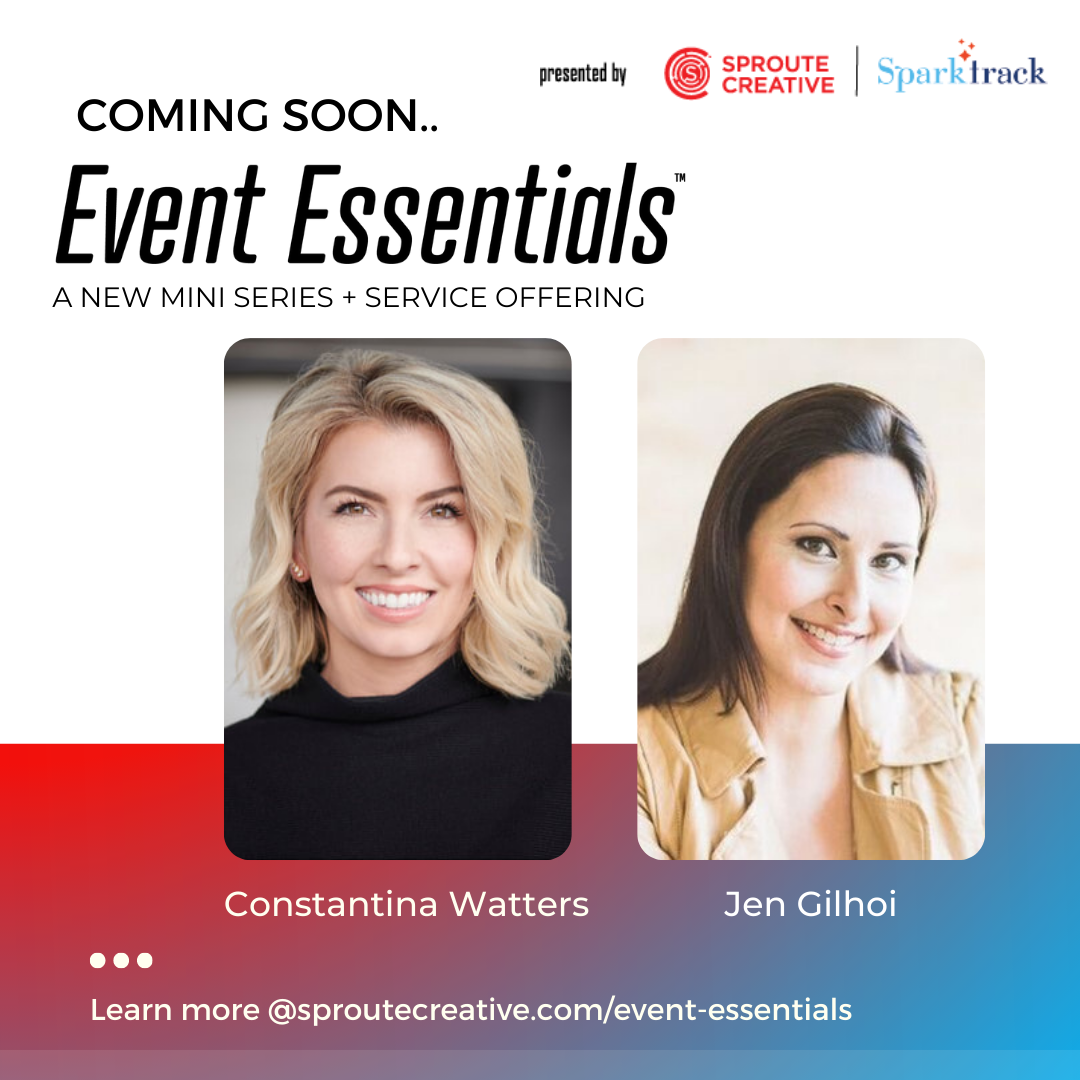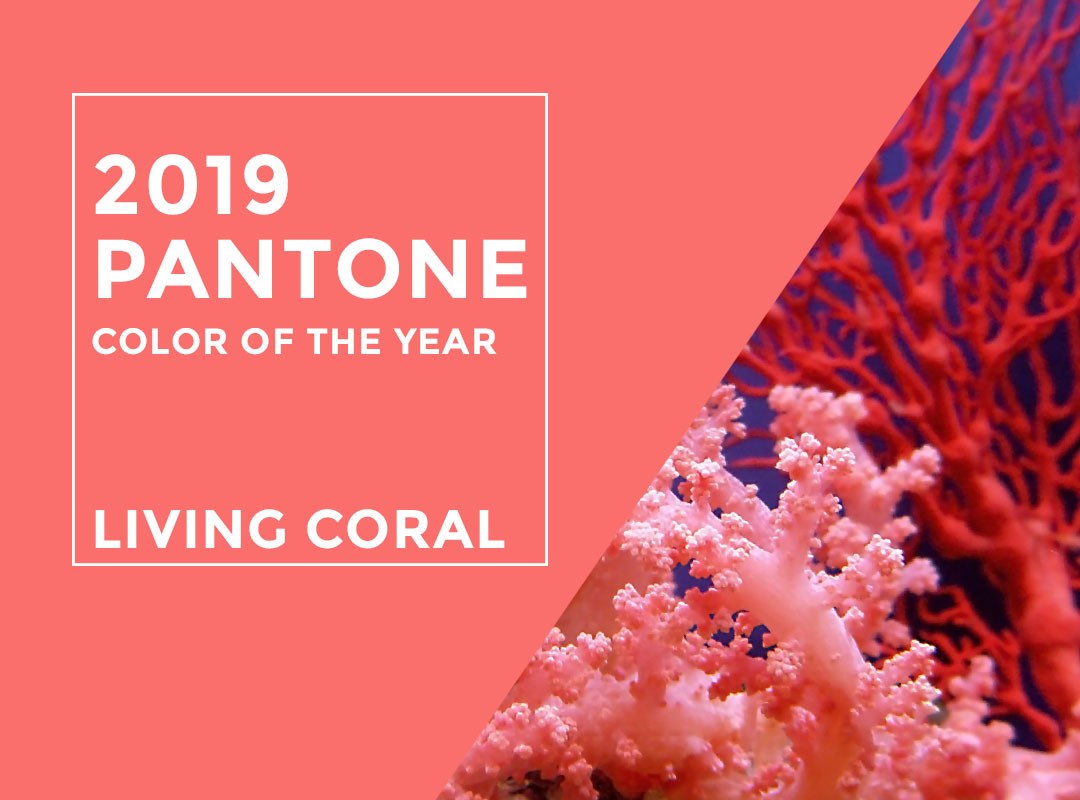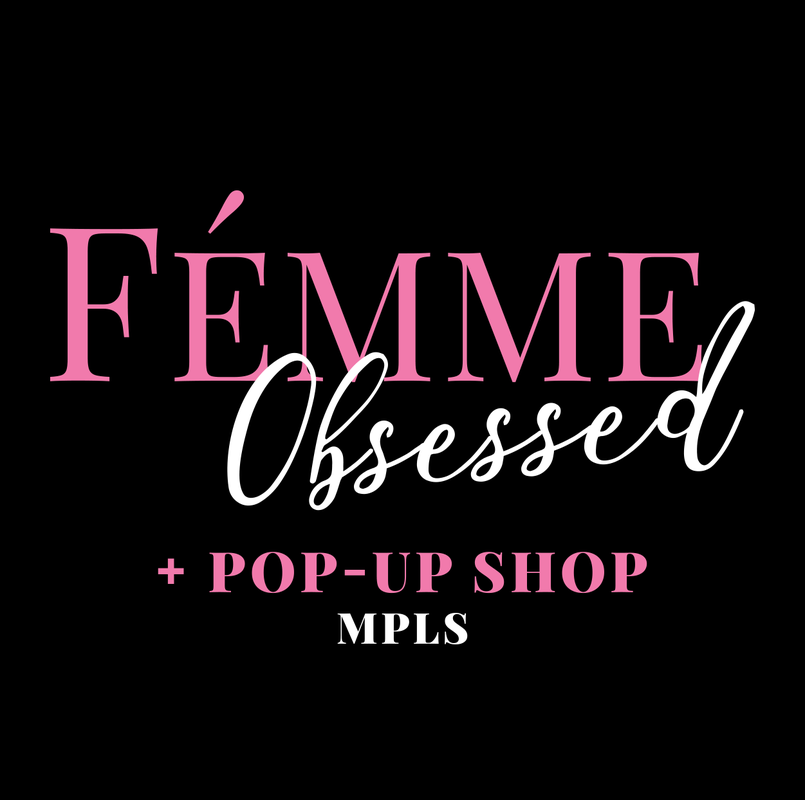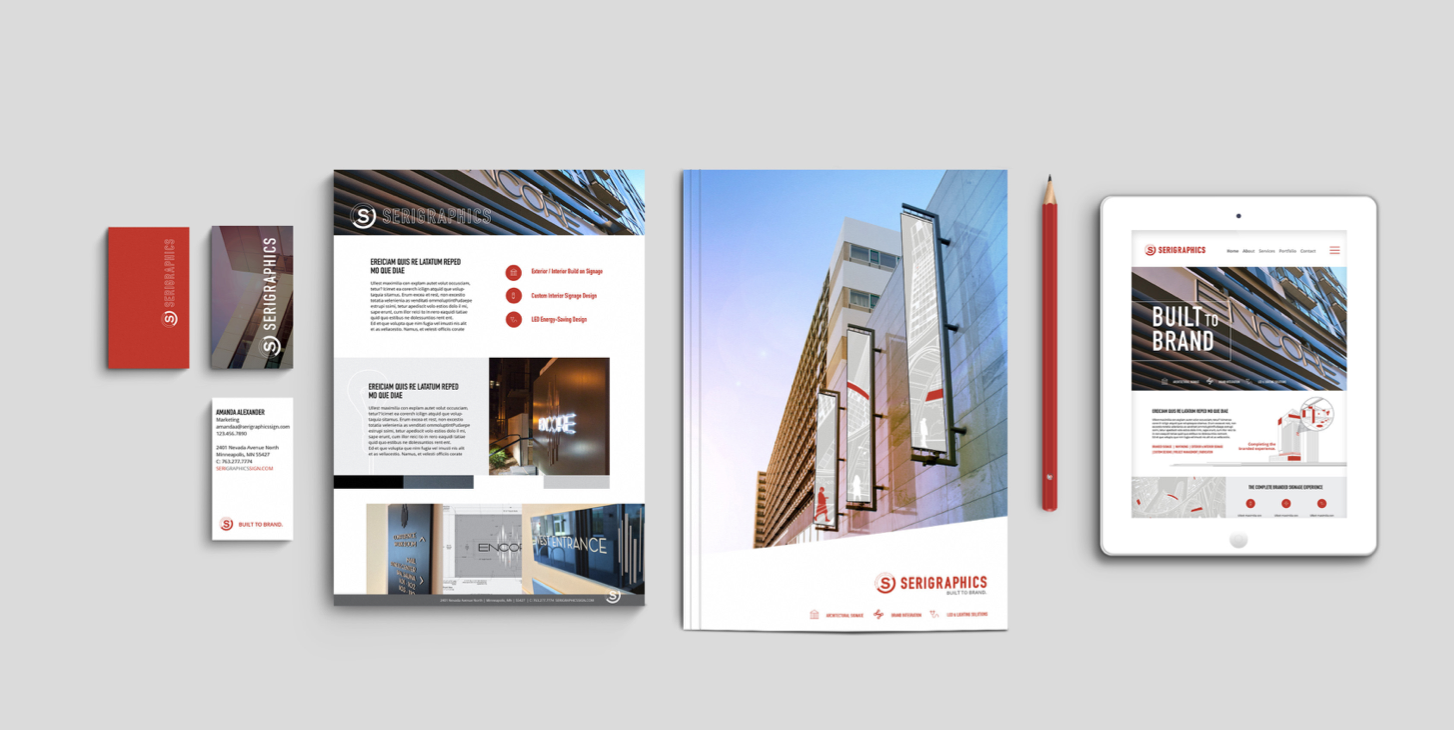In addition to our #strategy, #branding, #creative and #fractional brand leadership services, we are adding an #event service called Event Essentials
Event Essentials is a service program and mini series on “eventing better”.
We are partnering with Sparktrack LLC to bring this service menu to our clients to help combine strategy and execution for event communication, social media strategy and unique video capture services.
In addition we are partnering with Sparktrack LLC to release a 5 part mini series in the next couple months, led by Constantina Watters and Jen Gilhoi.
Learn more about Event Essentials

















 RSS Feed
RSS Feed